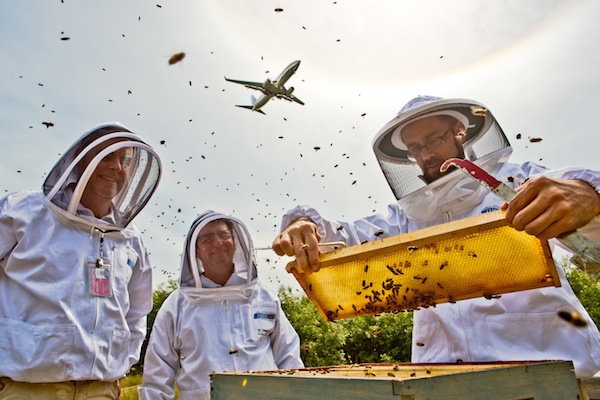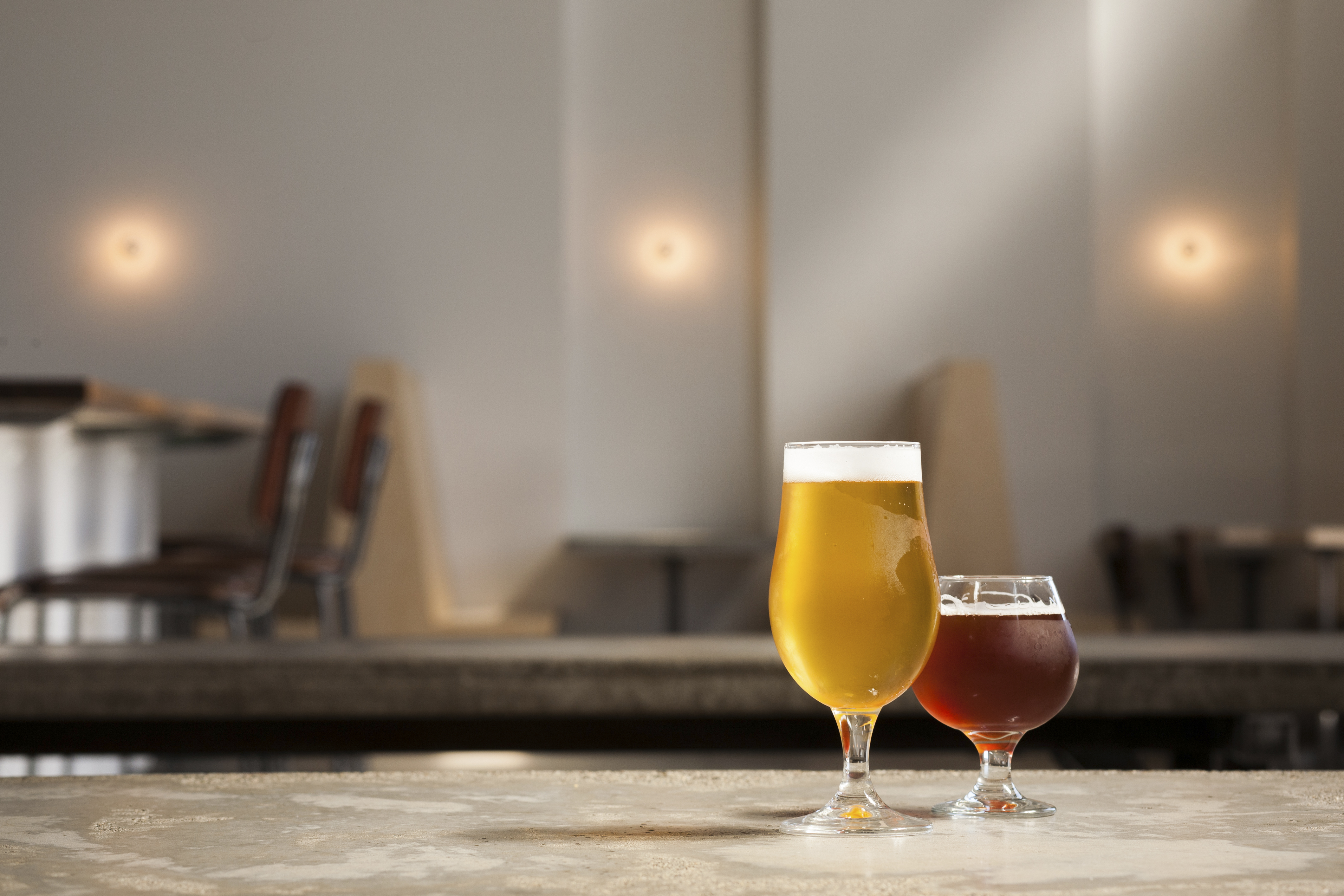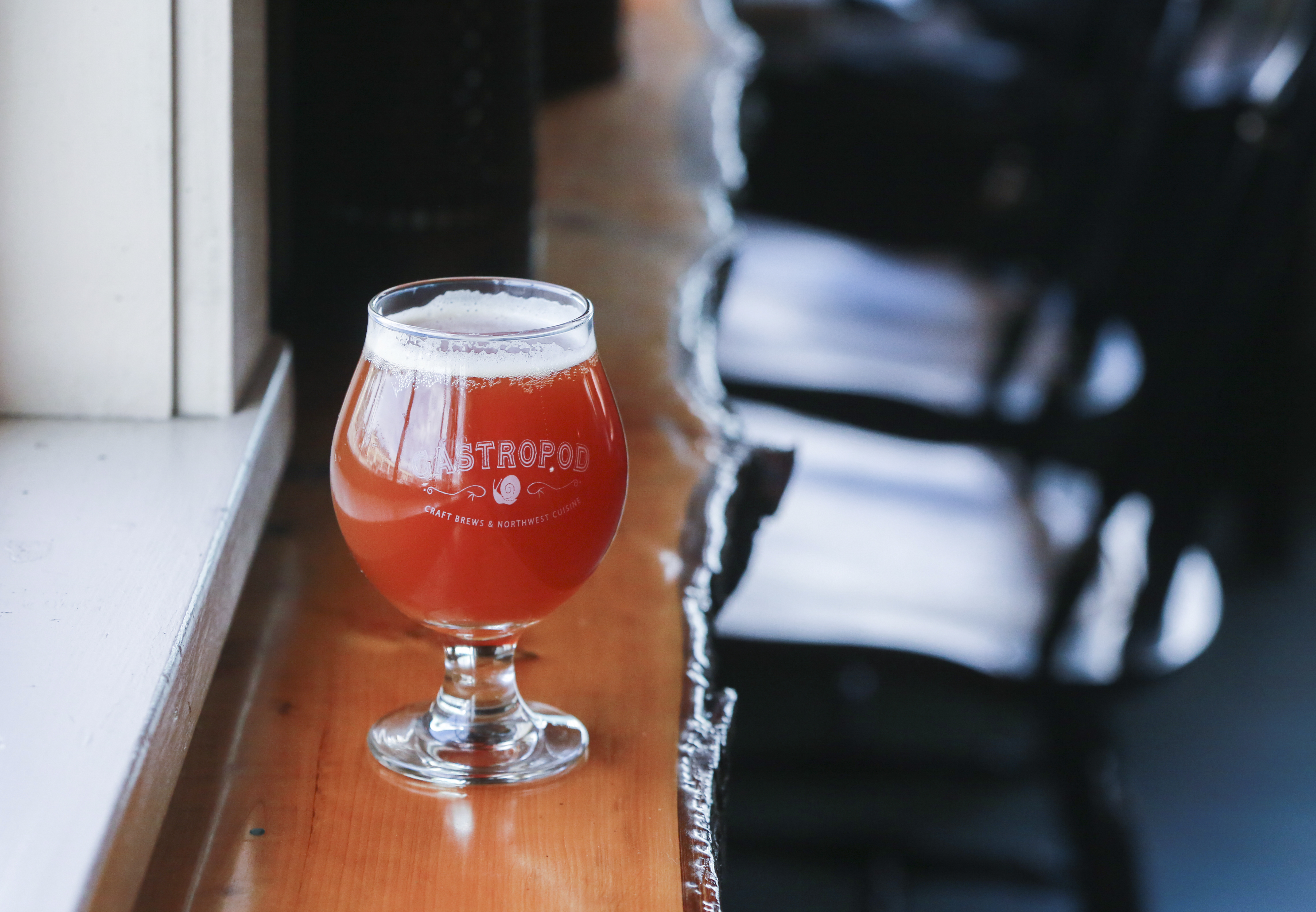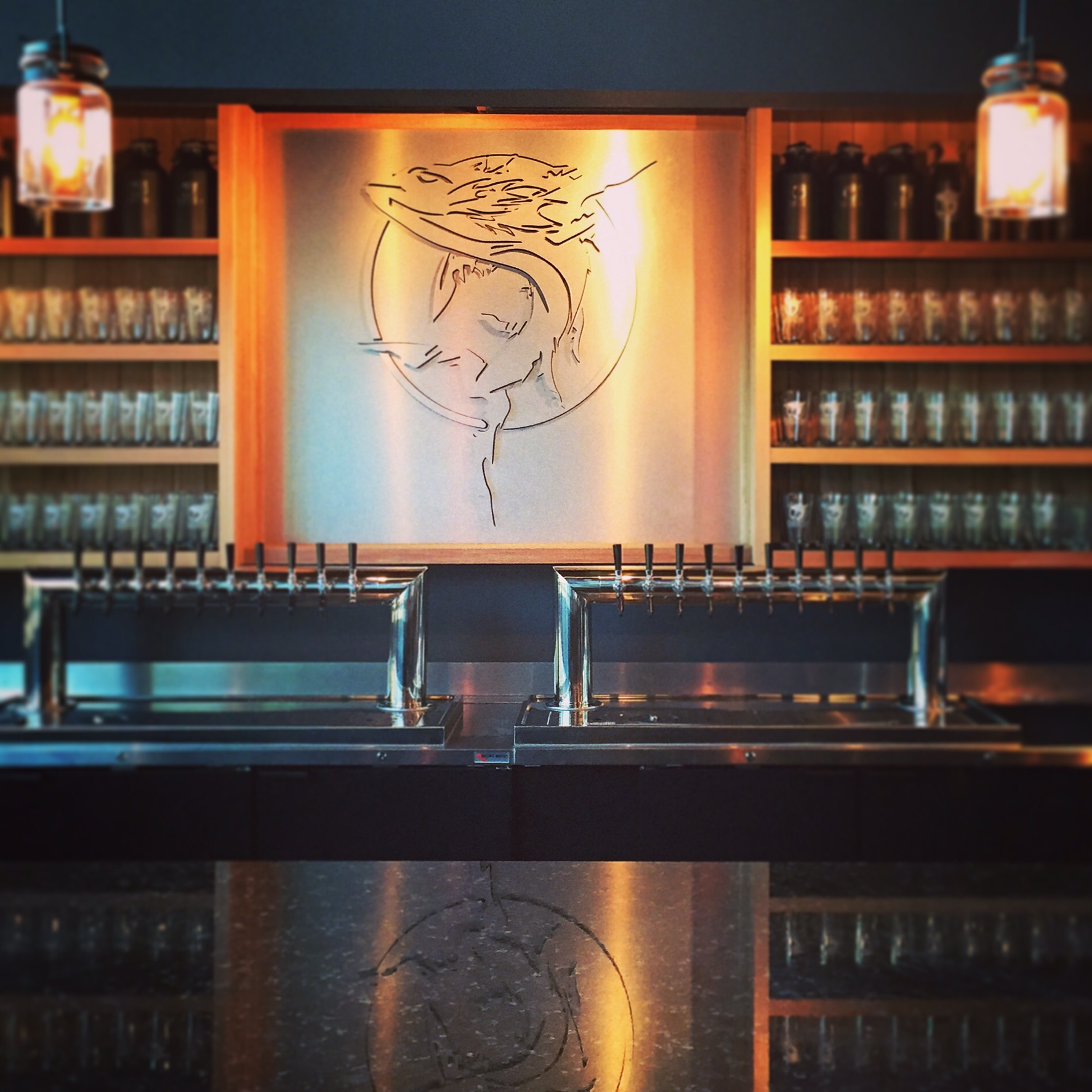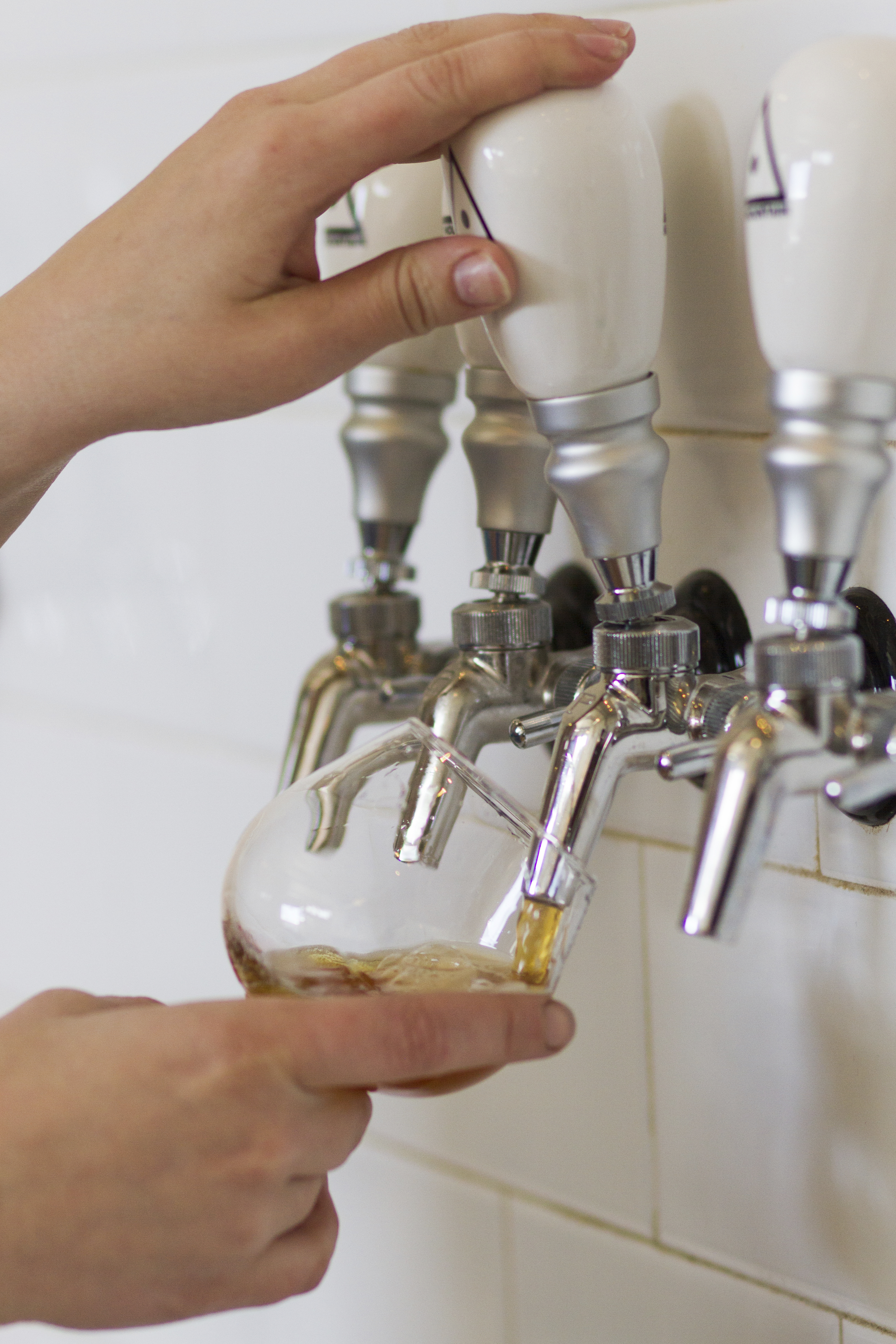Bob Redmond wants to save the food system.
Redmond is the proprietor of Urban Bee Company, which raises honeybees in an urban setting and distributes honey by bicycle. His latest venture has placed 500,000 honeybees at a surprising location: Seattle-Tacoma International Airport.
The “Flight Path” collaboration between the Port of Seattle and the nonprofit The Common Acre, which Redmond founded, is almost two years in the making, but the bees have finally landed—housed in six hives in each of three undeveloped tracts that act as safety corridors and noise buffers between the runwways and residential areas. These otherwise unused areas are perfect for bees, and Redmond hopes to develop a healthy honeybee population, increase genetic diversity, and create a habitat for the bees and native pollinators.
In recent years, honeybees have been dying at an astounding rate in a phenomenon called Colony Collapse Disorder. Entire hives are failing, a problem many scientists and beekeepers attribute to an increased use of chemical pesticides in large-scale agriculture. Honeybees are also threatened by deforestation, invasive species, and destructive land-management practices. This is a major problem because honeybees pollinate around one-third of the food we consume in the United States—including Washington apples.
Redmond read about a similar bee project at O’Hare International Airport in Chicago, which installed honeybee hives to help train ex-convicts in beekeeping. Then, as he helped plan the Beacon Food Forest (a public park of berry bushes, nut and fruit trees, and other food-producing plants), he was inspired to think about using public land more effectively.
“I’m interested in helping solve this honeybee crisis that we’re in, and the pollinator crisis is really a food-system crisis, so I’m trying to think big about what we can do systematically to affect something,” Redmond says. “It was like, ‘Wow, we can use public land in a big, revolutionary way.’ We can help honeybees specifically, and we can also help improve our food system. It just seemed to click.”
Another goal is to raise a healthy queen-bee population, to be distributed to beekeepers throughout western Washington.
“Flight Path” fits the airport’s larger vision of restoring some of the habitat that once thrived there. “The whole area down there used to be neighborhood, which had replaced natural habitats,” Redmond says. “The port’s mandate is to renovate some of those natural habitats, including some of the salmon-run streams that go through there. There’s whole wetlands that are being regrown. It’s really quite amazing to be down there, except for every 10 minutes when the plane flies over.”
Honeybees pollinate more than just crops; they’ll help contribute to the overall health of those restored native habitats. “Whatever is planted there, they’re going to support,” Redmond says.
The project also involves an art component: The airport will display bee-related art and an educational exhibit on Concourse B beginning in January. Local artists slated to create works on the themes of flight and bees include Mandy Greer, Jason Puccinelli, David Lasky, and Celeste Cooning.
Redmond sees the parallel between bees and airports as an important component of the project. “It’s just phenomenal how similar they are when you look at navigation,” he says. “The whole job of the hive is to fly around and gather stuff and move stuff around. So that’s pretty neat.”
food@seattleweekly.com
